Noctua pronuba
(Linnaeus, 1758)
-
 Subfamily: Noctuinae
Subfamily: Noctuinae -
 Wingspan: 44-56 mm
Wingspan: 44-56 mm -
 Flight period: Apr - Nov
Flight period: Apr - Nov -
 Spread: Common
Spread: Common -
 Host plants: Polyphagous
Host plants: Polyphagous
Information
The Noctua pronuba is a moth of the Noctuidae family, subfamily Noctuinae,
with wingspan of 44-56 mm.
In Europe we find it everywhere, even in Iceland *
Its range extends in part of Asia (specifically in the Middle East, Turkey, Iraq, Iran, Afghanistan, north-west India, Russia, Novosibirsk Oblast, Caucasus,
Transcaucasia and Central Asia) in the Canary Islands and North Africa. It was also introduced in North America with registrations in Alaska in 2005 and Ontario in 2017. ****
In Italy it is also present in the islands. *
The base color of the front wings of the Noctua pronuba varies from ocher brown to dark brown shaded, sometimes with reddish hues, other times partially sprinkled with gray-whitish, especially
towards the costa anteriorly; The lines are often lighter, bordered with dark, sometimes faint, the subterminal ones preceded on the costa by a blackish orbicular spot
and a more or less clear kidney shape, partly marked in dark gray.
Often the streaks are more evident in the males while the females have a more uniform coloring of the front wings.
The hind wings are of an intense orange ocher color with a blackish terminal band.
Head, thorax and abdomen are in the background color of the front wings, with the abdomen with a moderate hair and slightly lighter. **
The Noctua pronuba is frequently observed in parks and gardens, it is a beautiful nocturnal butterfly, the contrast between the front and rear wings is used to confuse any predators
when in flight.
They survive the winter at the larvae stage, in hibernating and resume activity in the spring even if it is not difficult to meet them on particularly mild winter days.
La Noctua pronuba is a moth with a single generation, the adults fly from April to November and perform a summer diapause. ***
They are attracted to light and sugar, adults can often be found on plants such as Buddleja and red valerian.
We can find it in heaths, gardens, scrubs, it loves humid places like river valleys. The eggs are laid in monolayer groups around stems or branches.
causes irreparable damage to the base of any herbaceous plant, sometimes completely cutting them off.
The eggs are spherical, whitish, strongly knurled and shiny. **
The larva ranges from light green to dull brown with a pale topline; subdorsal series of longitudinal blackish marks on segments from 5 to 12 ;
a pale line is also visible under these. The head is light brown, with dark spots. **
The chrysalis is brown with darker shades on the abdominal segments and on the cremaster.
Polyphagous species it feeds at the expense of various plants belonging to the families of Asteraceae, Brassicaceae, Plantaginaceae and Poaceae, is considered a weed species .
* Lepidoptera mundi https://lepidoptera.eu/ - Fauna Europea https://fauna-eu.org/
** Bestimmungshilfe für die in Europa nachgewiesenen Schmetterlingsarten - http://lepiforum.de/
*** Roland Robineau, Guide de papillons nocturne de France, Delachaux et Niestlé, 2011 p. 150
**** David Lentz, Jr. (2006). "Invasive Moth Spreads throughout Southeast Alaska". Southeast District Update. University of Alaska Fairbanks.

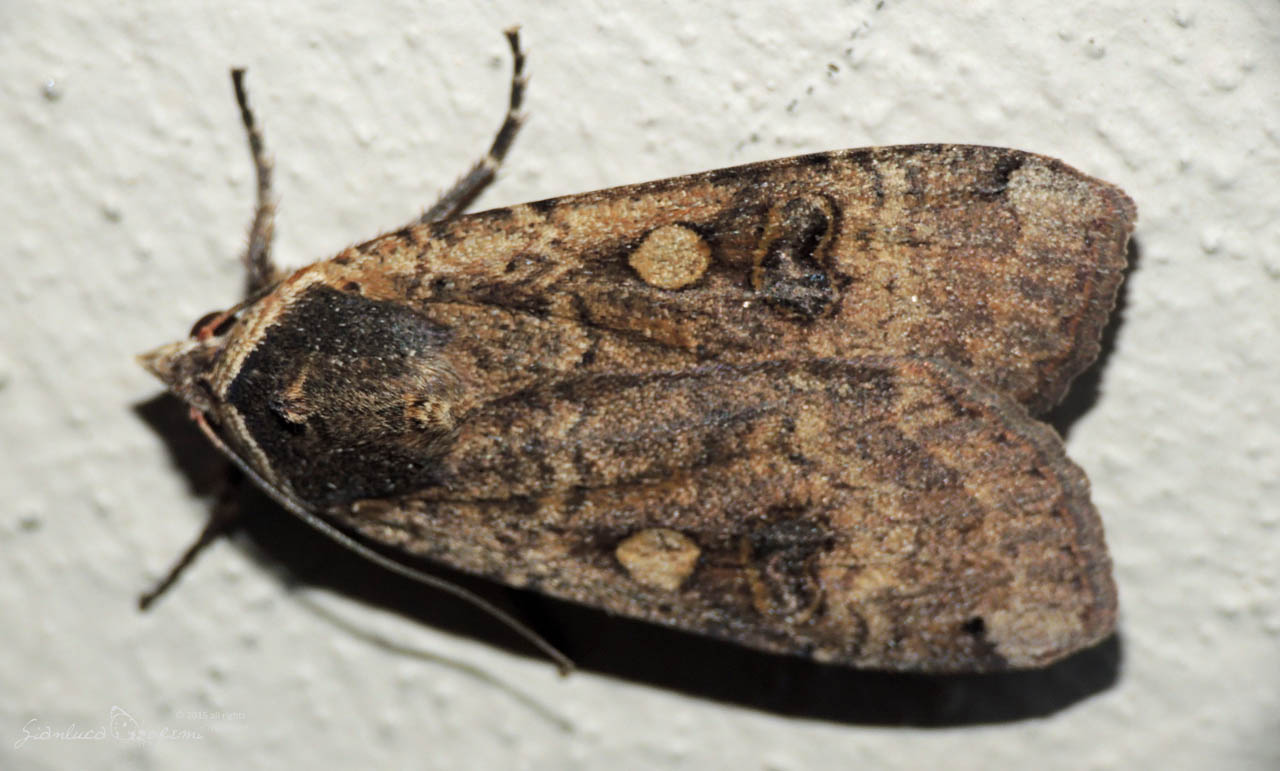
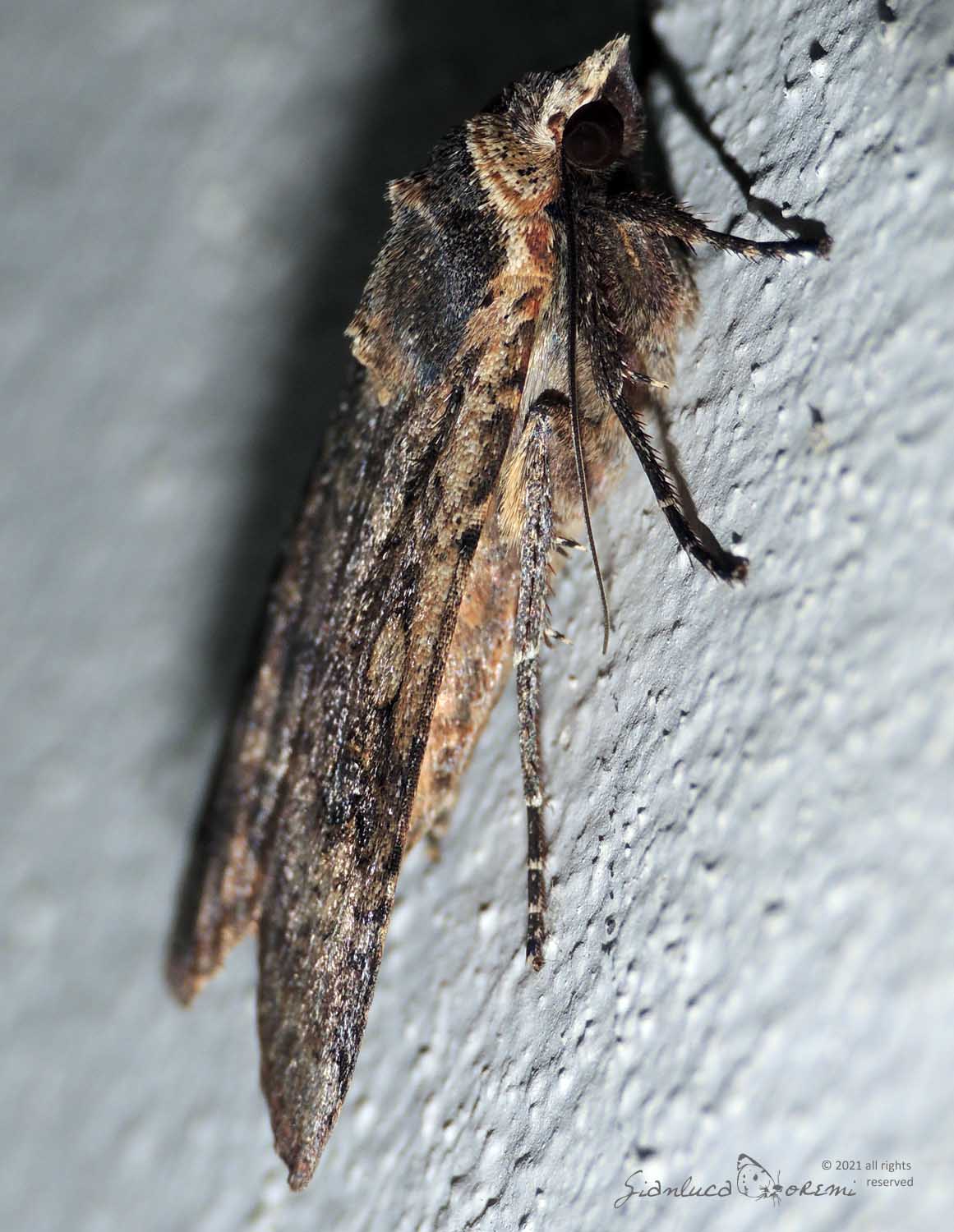
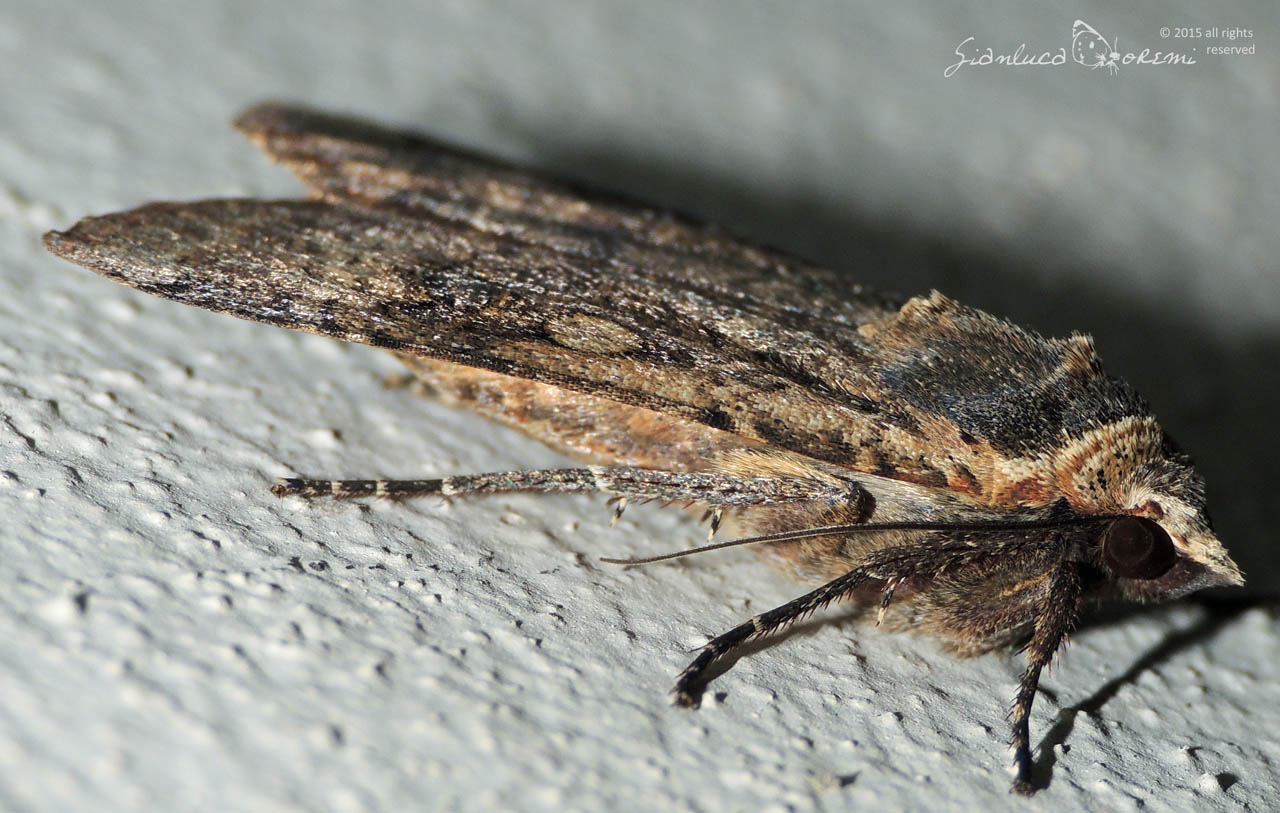
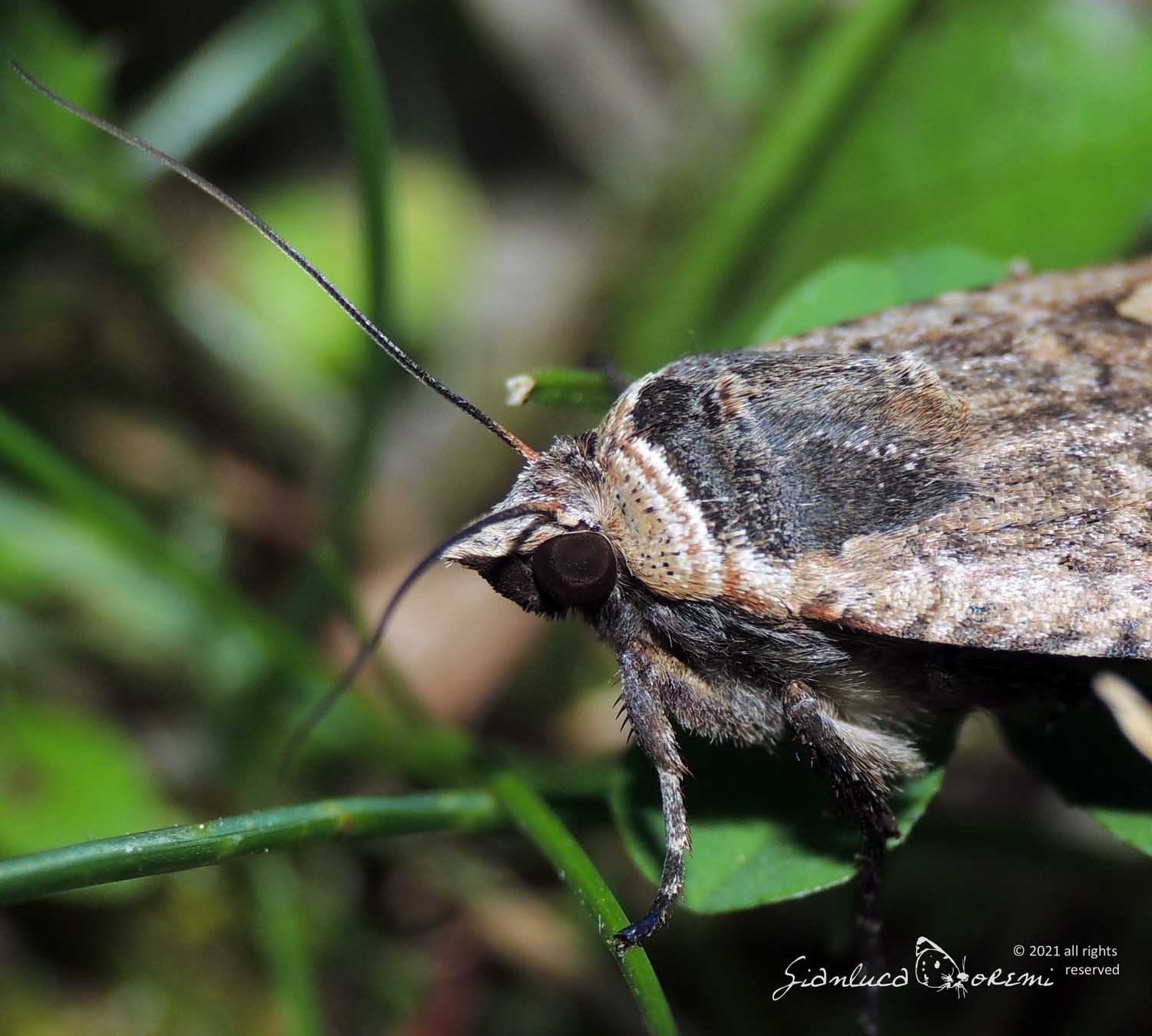
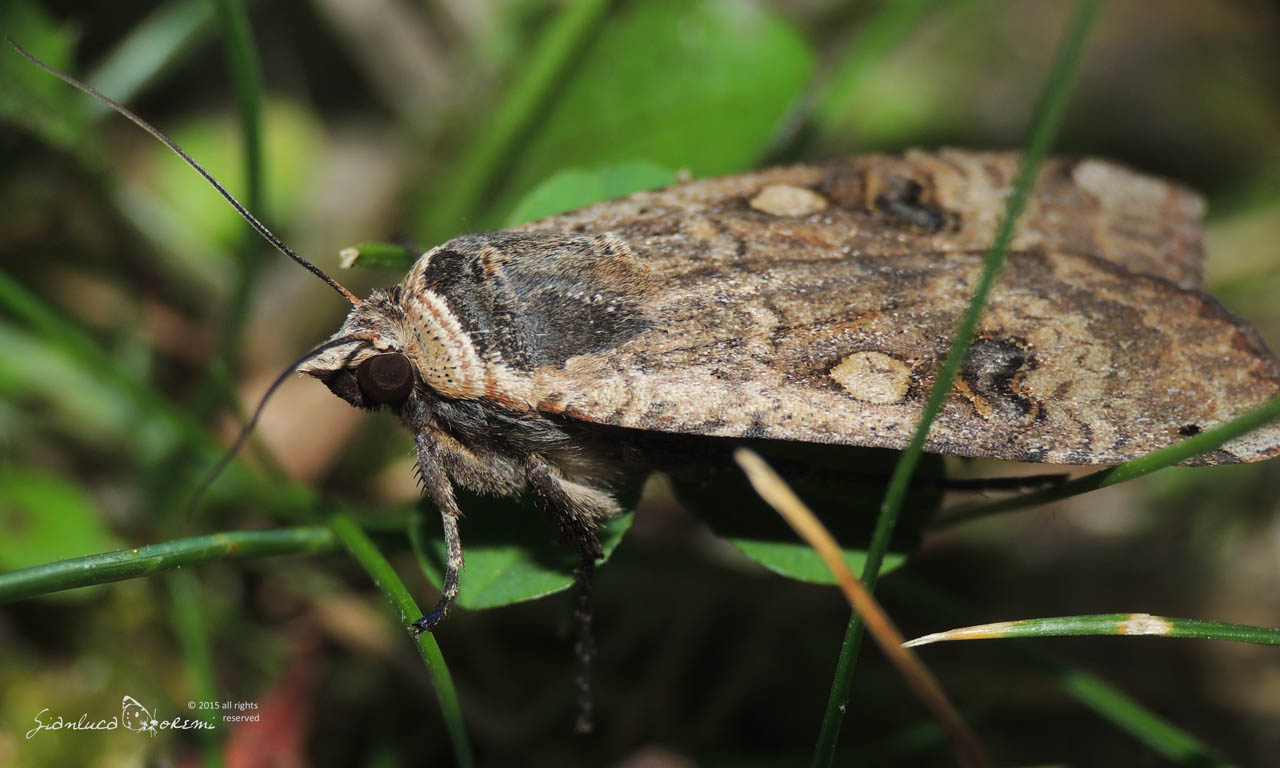
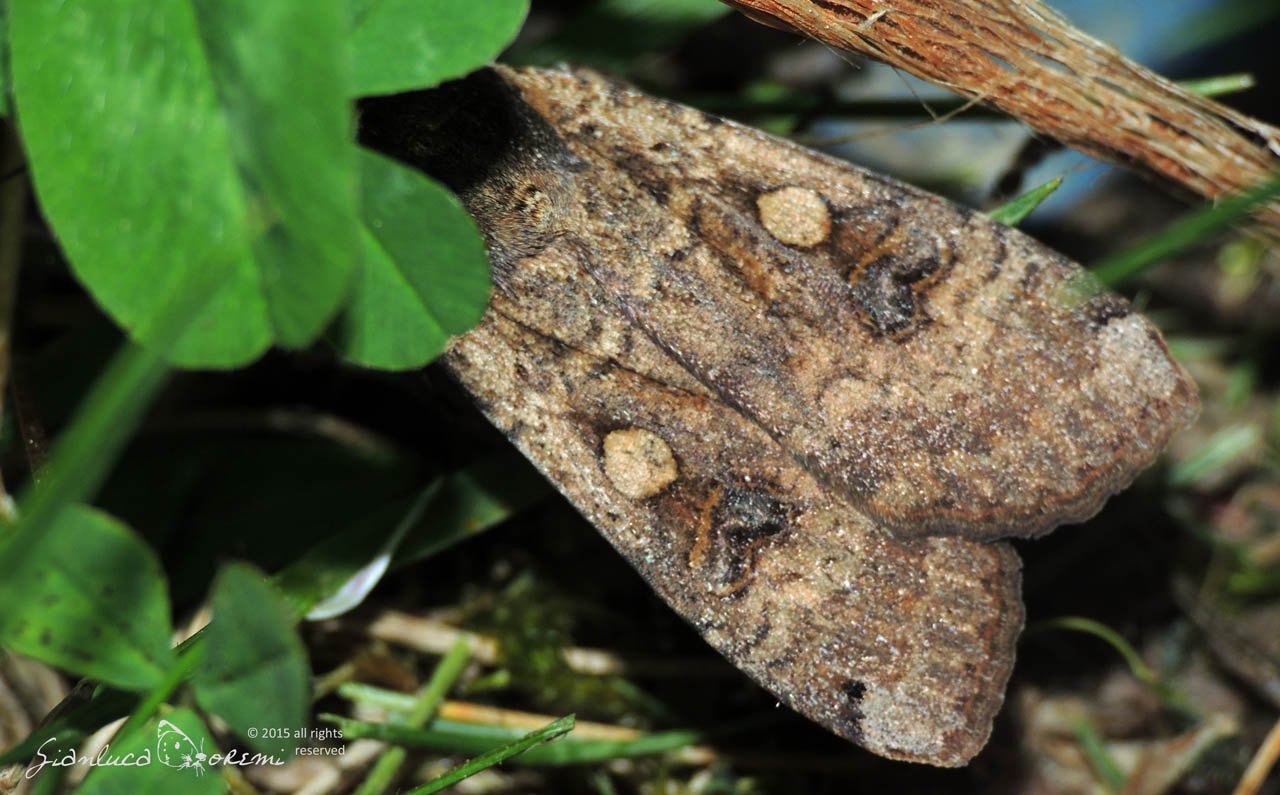
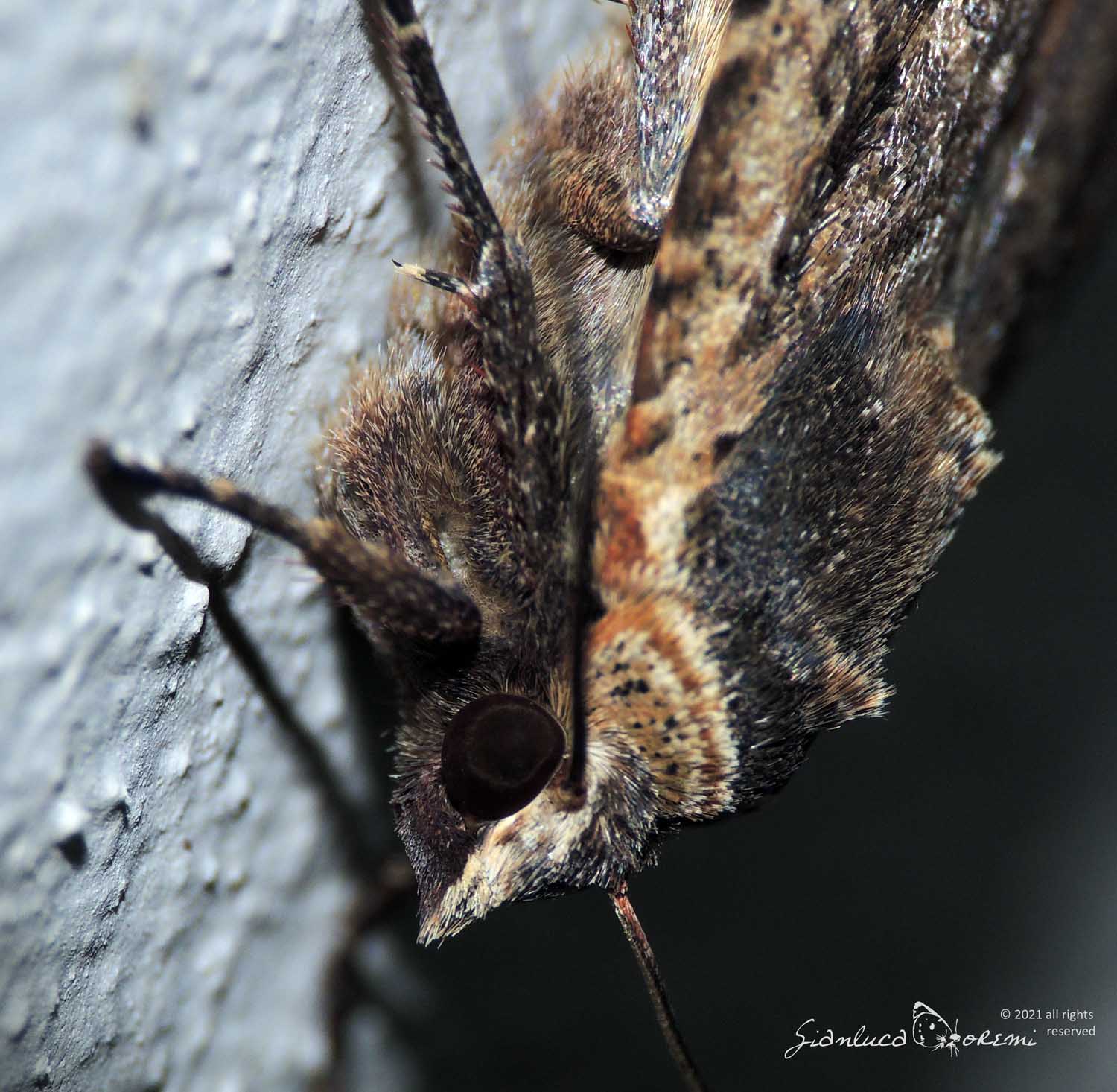
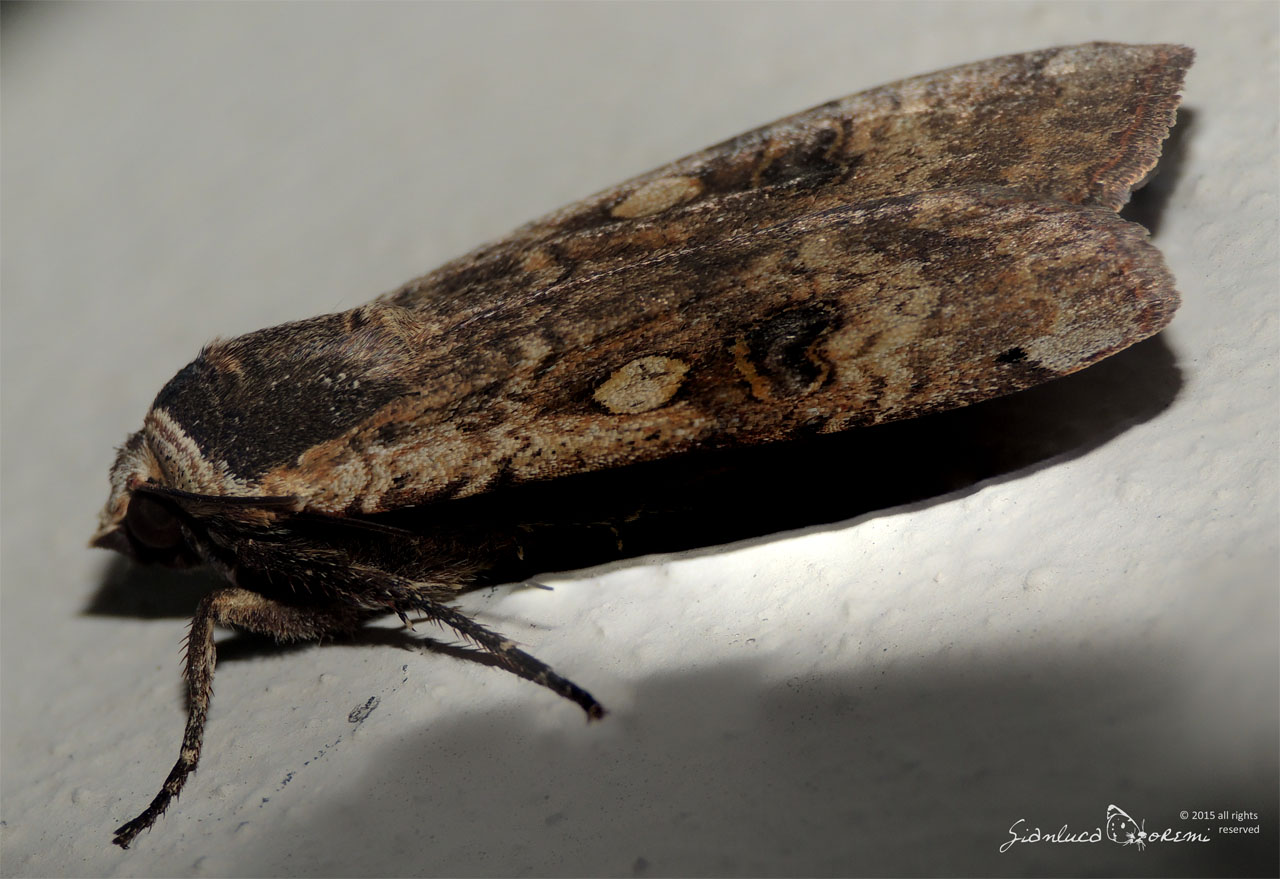

 EN
EN ITA
ITA
Social and publications